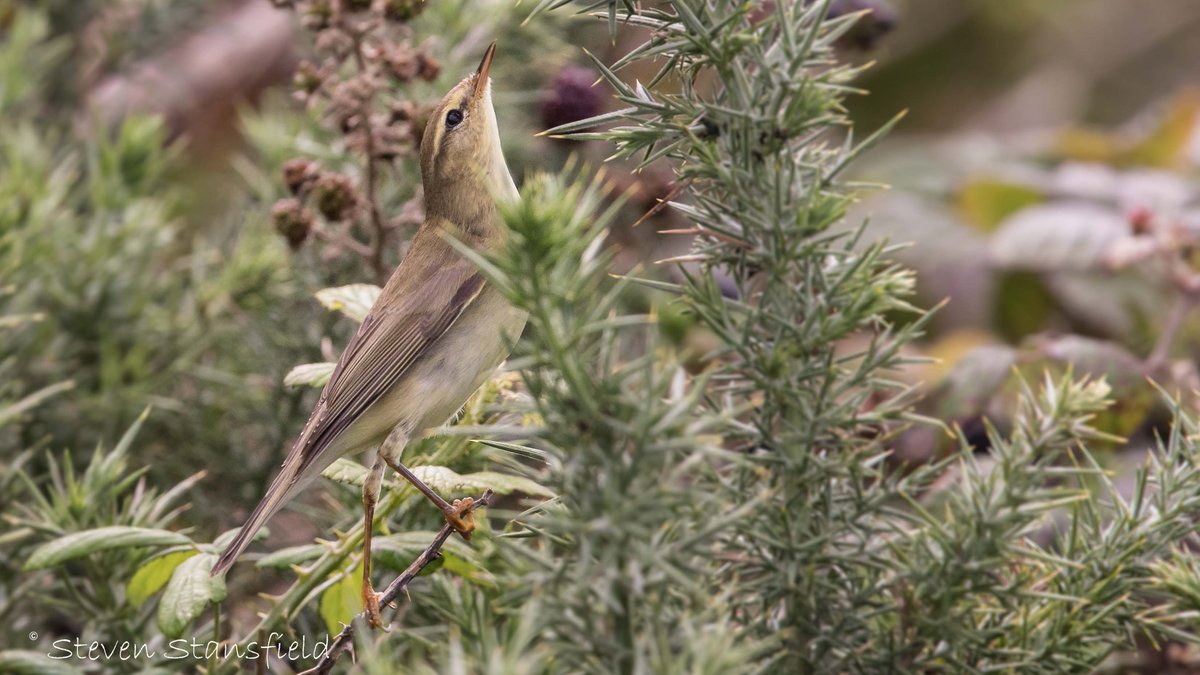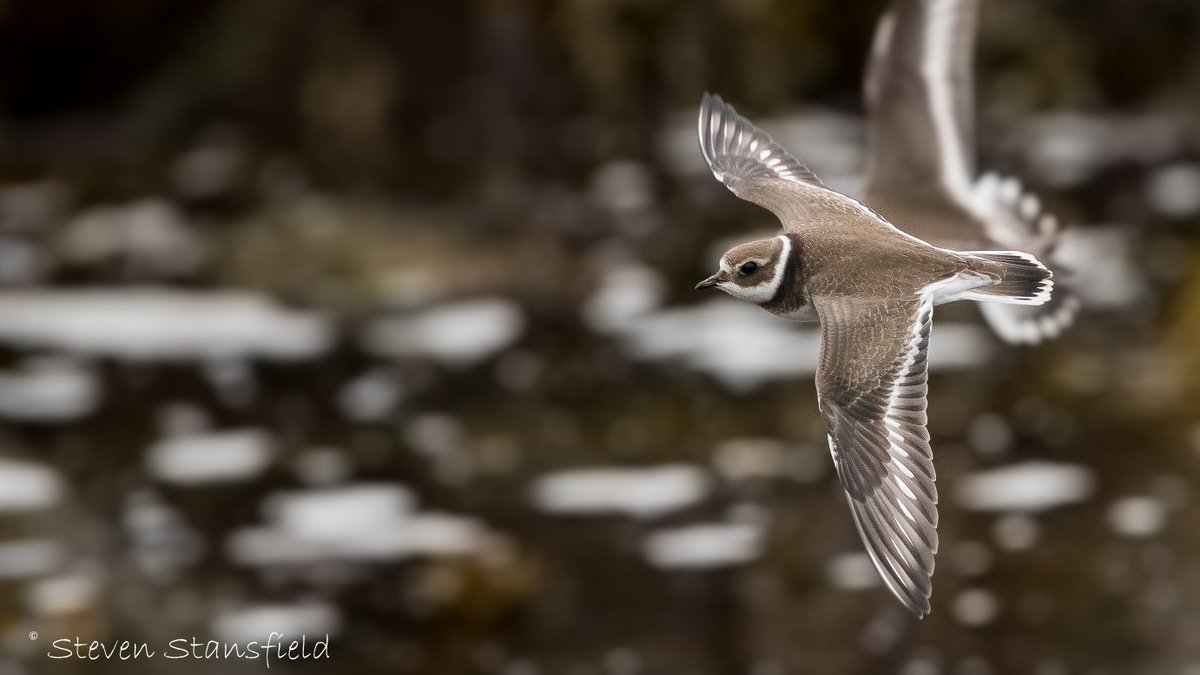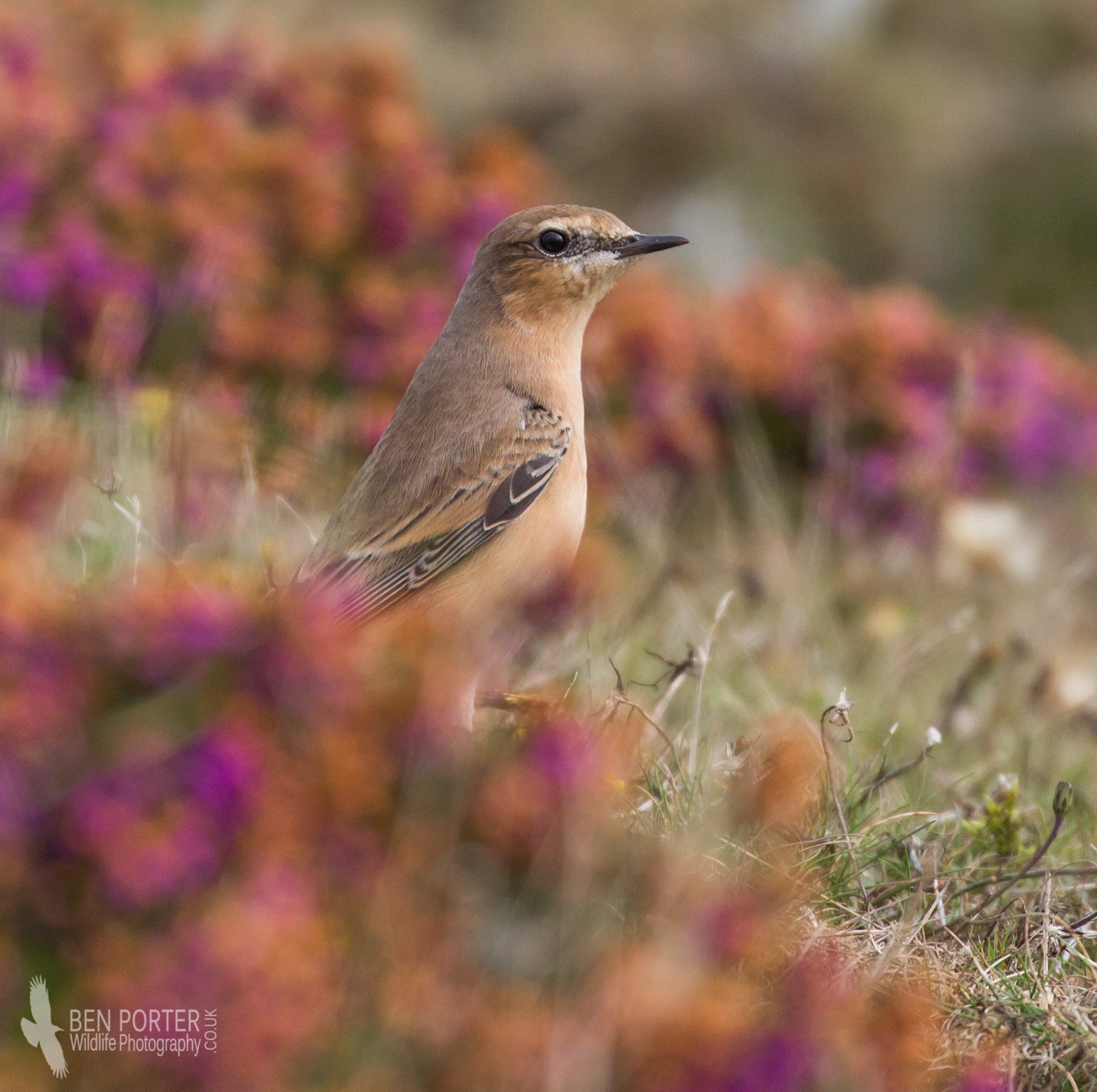It was, all told, a pretty reasonable day today as autumn slowly gathers some pace. Most sightings of note were land-based, with the standout highlight a single
Wood Warbler at Nant. It was brought in alongside an arrival of 46
Willow Warblers, while four
Goldcrests and singles of
Whitethroat,
Chiffchaff and
Garden Warbler were also seen/trapped. 11
Wheatears and two
Spotted Flycatchers also arrived, while nine
Robins could have been the remnants of the arrival of the last two days. Meanwhile, around the Narrows 16
White Wagtails was the best count of the autumn so far. Overhead passage was busy in the morning, with 282
Swallows and 78
House Martins the bulk of what was logged, alongside an excellent count of 11
Tree Pipits, a single
Grey Wagtail and two
Sparrowhawks passing through the island. 94
Linnets and 55
Meadow Pipits rounded off a good day for passerine migration, while a high count of 40
Woodpigeons suggested some local immigration from the mainland.
 |
| Willow Warbler (Phylloscopus trochilus) - Steve Stansfield |
The sea was, by comparison, a poor relation today. High counts were of just 241
Kittiwakes, 91
Manx Shearwaters and 47
Gannets, but a good passage of 61
Lesser Black-backed Gulls headed south through the island in small parties. 27
Shags and 11
Cormorants were dotted around the coast, and three
Sandwich Terns passed off the west coast, with one of these plus a 1st-winter
Arctic Tern spotted feeding in Henllwyn on the early afternoon guided walk. The 20
Black-headed Gulls seen today, mostly on the Narrows early in the morning, was the highest count of August so far, though no doubt thousands will be descending upon us relatively soon.
Wader passage has hit a bit of a slump in recent days, with the only notable count today being 45
Curlews. 14
Dunlins and 11
Redshanks were the only other double figure counts, while astoundingly,
Oystercatchers only numbered a meagre six! Making up the rest were six
Turnstones (also a massive decline on recent counts) and four
Ringed Plovers. A single
Grey Heron continued to hang around the Narrows and the West Coast, while some undoubtedly have passed through the island, it's tempting to speculate that one second calendar-year bird could be responsible for the majority of the near daily sightings since March.
 |
| Ringed Plover (Charadrius hiaticula) - Steve Stansfield |
A modest arrival of birds coincided with a modest arrival of butterflies, with Red Admirals increasing to 18 and four Painted Ladies also seen, plus a single Silver Y. Four Graylings and a single Gatekeeper were the most notable amongst the resident species recorded today. The moth trap is still pretty quiet, though Square-spot Darts are becoming one of the commonest species in recent traps, with five being recorded today. Four True Lovers Knots were also a notable increase on recent traps, but all other sightings were of expected species in low numbers.




















































